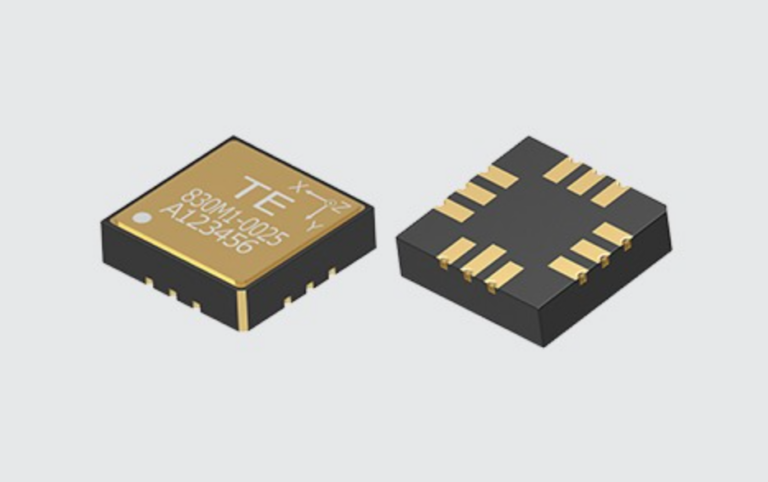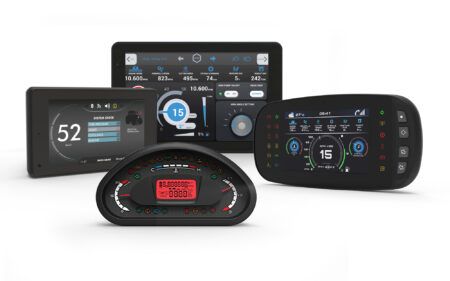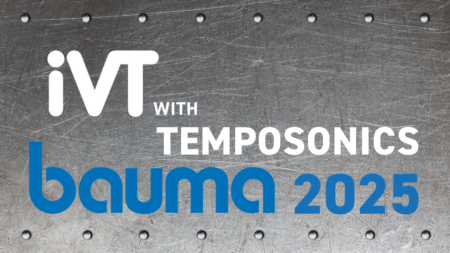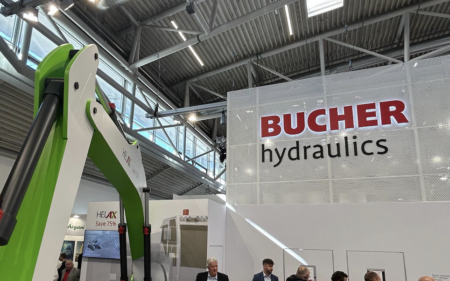Driven by an increase in factory automation and the Internet of Things, demand for sensors to monitor the critical health of machinery is rising. Downtime for these automated machines can be costly, making machine condition monitoring and predictive maintenance with sensors crucial to improving efficiency and equipment utilisation.
To address this need, TE Connectivity, a world leader in connectivity and sensors, has developed the 830M1 triaxial accelerometer, which offers advanced embedded acceleration sensing for machine health monitoring where wide bandwidth, small size, low power and robust performance are essential.
“The new 830M1 triaxial accelerometer provides customers with a reliable solution for long-term, stable and accurate performance for industrial condition monitoring applications in harsh environments,” said Bjorn Ryden, director of product management at TE Connectivity.
Key features of the 830M1 triaxial accelerometer include:
- Triaxial design: 830M1 has the ability to measure acceleration in three axes (X, Y, Z). With its fully hermetic LCC package, the PCB mountable sensor allows for a single package installation rather than three, reducing the envelope required and providing cost savings since there is no need for an additional sensor.
- Wide bandwidth: 830M1 offers excellent measurement bandwidth with a wide frequency response (up to 15 kHz) and is a suitable solution for both low- and high-speed rotating machinery, from imbalance to bearing defects and wear. It is available in dynamic ranges from ±25g to ±2,000g.
- Superior resolution: For improved predictive maintenance, the 830M1 offers superior resolution allowing earlier detection and better quality of measurement.
- Piezoelectric technology: Highly stable piezoelectric (PE) sensing crystals technology in the 830M1 offers superior frequency response, measurement resolution, long-term stability and minimal long-term drift.
For single axis measurements, TE also offers accelerometer models with the same outstanding performance specifications.





